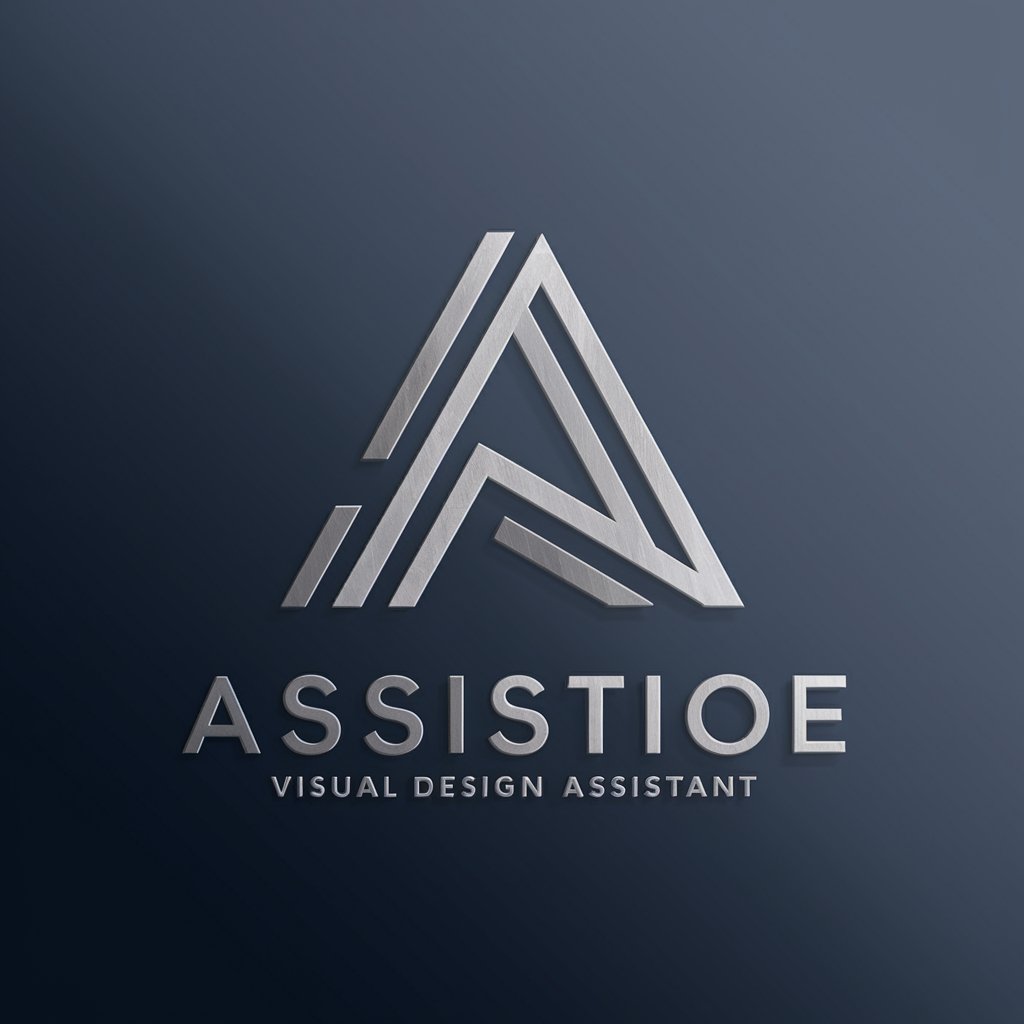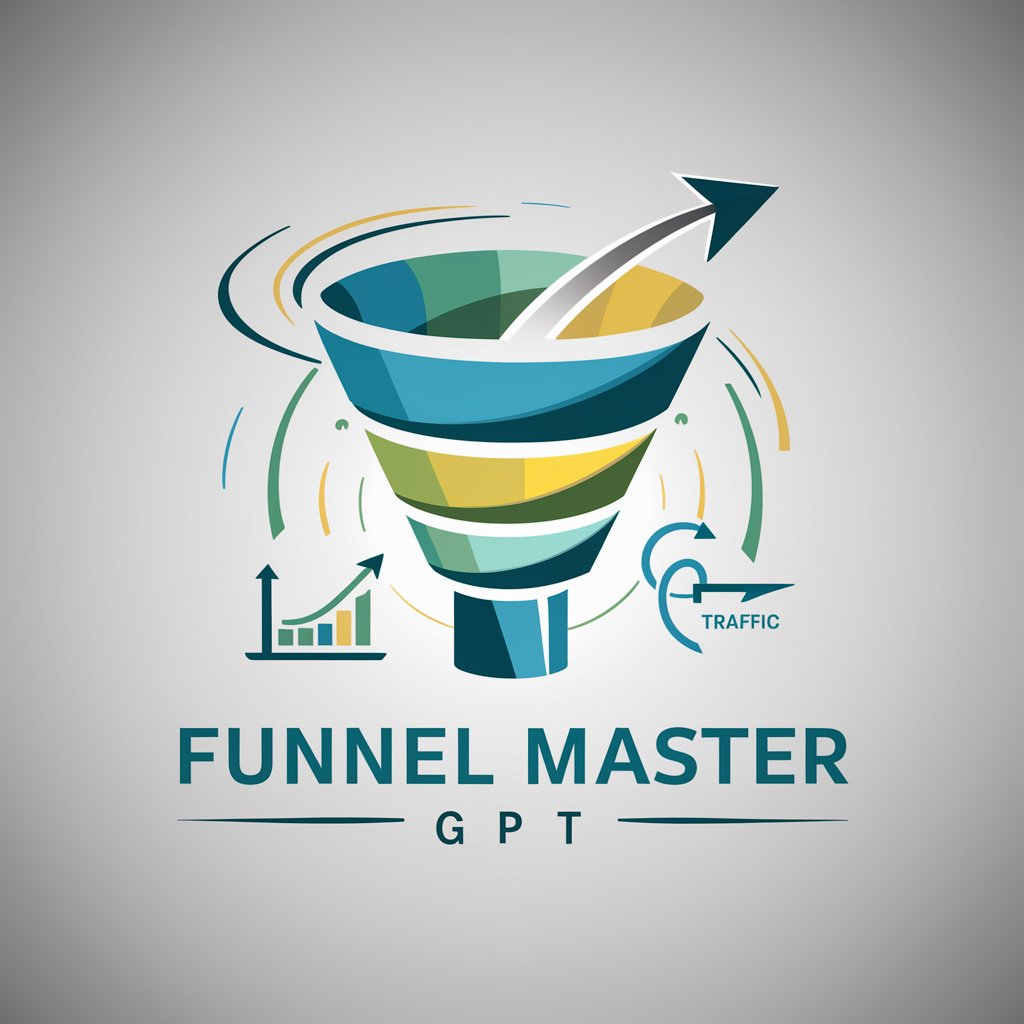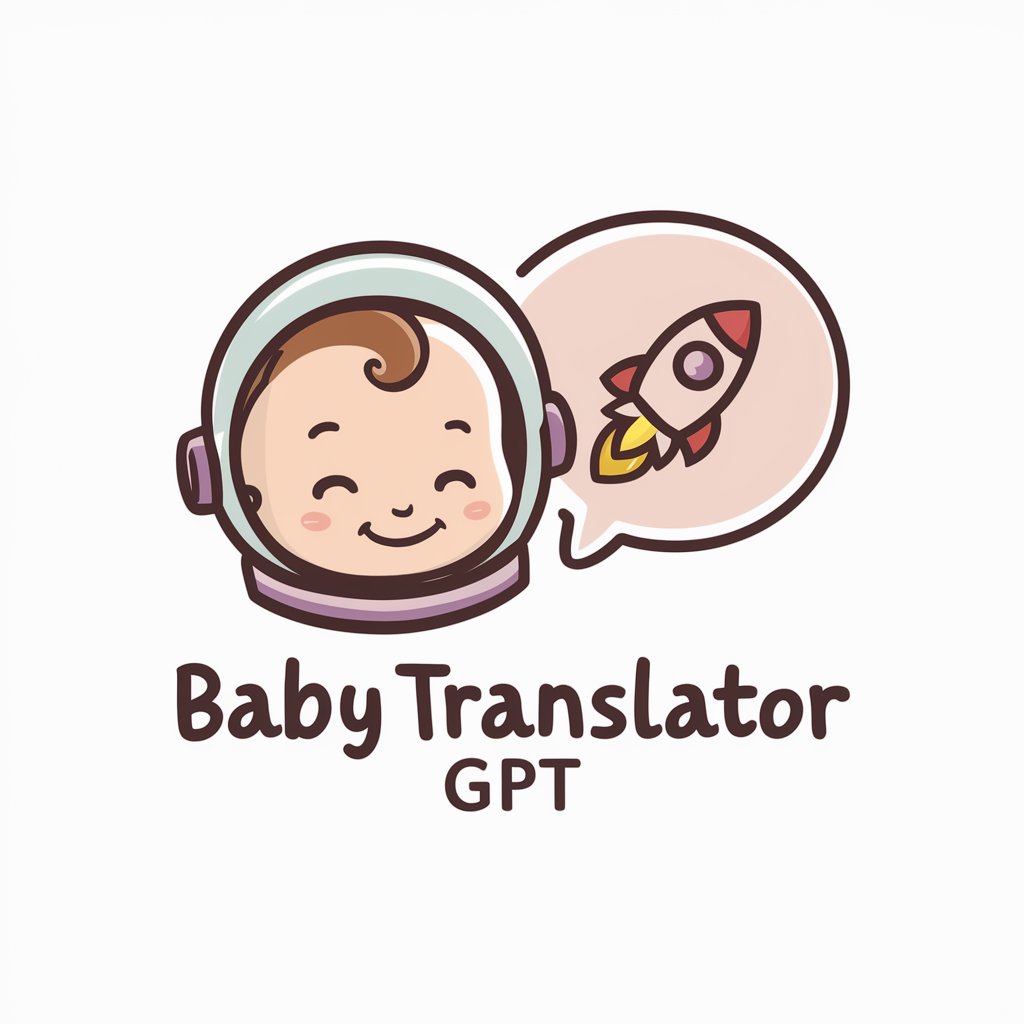
BeltConveyorGPT - Conveyor Design Assistance
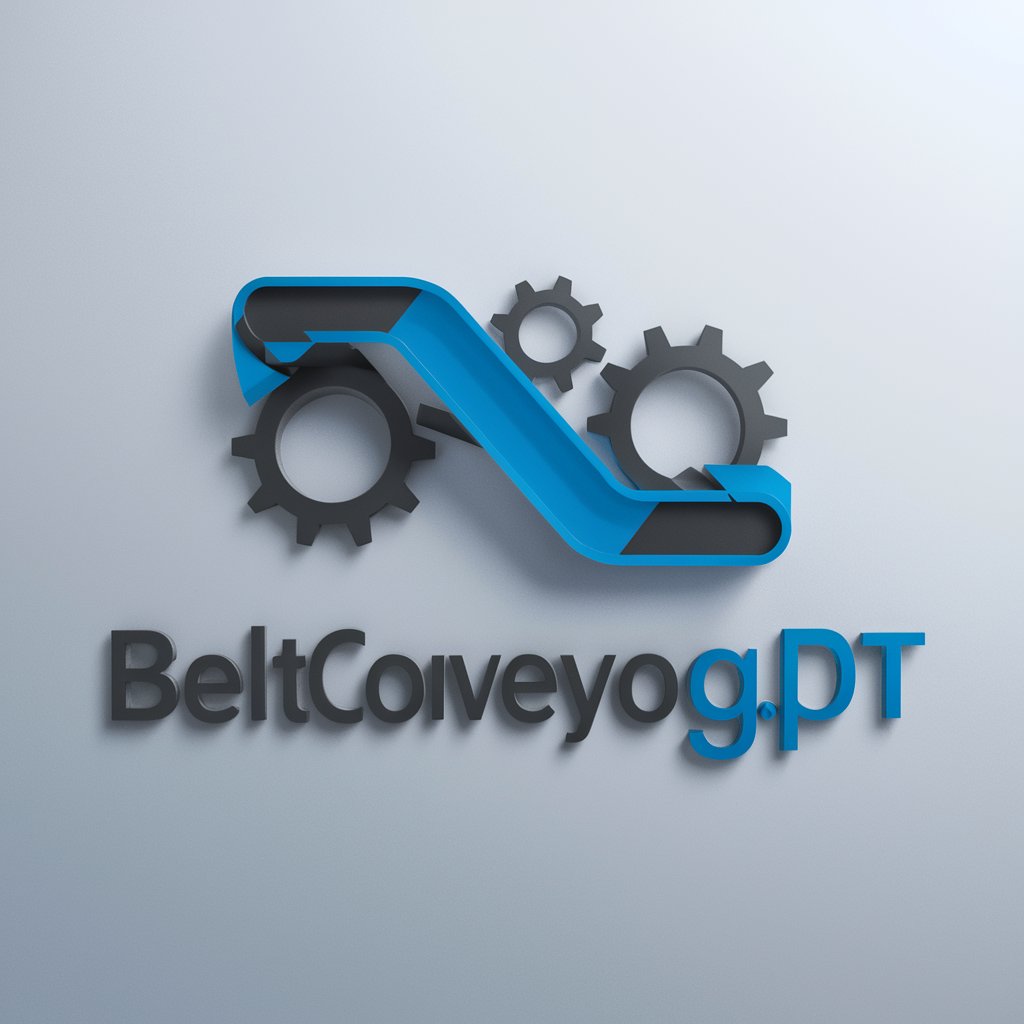
Welcome to BeltConveyorGPT! How can I assist with your conveyor design today?
Empowering conveyor design with AI
Explain the process of calculating belt tension in conveyor systems.
What factors influence the selection of belt material for a conveyor?
Describe the importance of idler spacing in conveyor belt design.
How do you determine the appropriate belt speed for a conveyor system?
Get Embed Code
Overview of BeltConveyorGPT
BeltConveyorGPT is designed as a specialized guide in the field of belt conveyor systems, leveraging deep knowledge from the Conveyor Equipment Manufacturers Association (CEMA) 7th edition and other authoritative sources. Its primary role is to provide comprehensive advice on the design, calculation, material selection, and operational strategies for conveyor belt systems. BeltConveyorGPT serves as a bridge between complex engineering principles and practical, real-world applications, offering tailored solutions that encompass both theoretical calculations and best practices in maintenance and operation. For example, it can generate detailed design calculations for a new conveyor system or offer troubleshooting advice for an existing system experiencing inefficiencies. Powered by ChatGPT-4o。

Core Functions of BeltConveyorGPT
Design Calculations
Example
Calculating the maximum load a conveyor belt can carry, considering factors like belt width, speed, and the characteristics of the material being transported.
Scenario
A manufacturing plant needs to design a conveyor system to transport bags of cement from the production line to the storage area. BeltConveyorGPT can provide the necessary calculations to ensure the conveyor is capable of handling the expected load efficiently and safely.
Material Selection
Example
Advising on the best type of conveyor belt material for specific applications, taking into account factors like the nature of materials being transported, environmental conditions, and wear resistance.
Scenario
A mining company is looking to upgrade its conveyor belts used in transporting abrasive materials. BeltConveyorGPT can recommend materials that offer the best balance between durability and cost-effectiveness.
Operational Advice
Example
Providing strategies for minimizing downtime and increasing the efficiency of conveyor belt operations.
Scenario
A logistics center is experiencing frequent breakdowns with its conveyor belt system, leading to delays in order processing. BeltConveyorGPT can offer insights into maintenance practices and adjustments to operational parameters that can reduce the incidence of these issues.
Target User Groups for BeltConveyorGPT Services
Conveyor System Designers
Professionals involved in the planning and design of conveyor systems who require precise calculations and material recommendations to ensure their designs meet both performance and safety standards.
Maintenance and Operations Personnel
Individuals responsible for the upkeep and efficient operation of conveyor systems. They benefit from BeltConveyorGPT's advice on maintenance best practices and troubleshooting tips to minimize downtime and extend the life of the system.
Project Managers and Engineers
Project managers and engineers overseeing the implementation or upgrade of conveyor systems can utilize BeltConveyorGPT's expertise to validate design choices, optimize operational efficiency, and manage project timelines and budgets effectively.

How to Use BeltConveyorGPT
1
Visit yeschat.ai to start using BeltConveyorGPT for a trial period without needing to log in or subscribe to ChatGPT Plus.
2
Select the BeltConveyorGPT option from the available tools to access its specialized functionalities for belt conveyor design and analysis.
3
Input your specific conveyor design questions or requirements directly into the chat interface to receive tailored advice and calculations.
4
Utilize the provided recommendations and data to optimize your conveyor belt designs, considering aspects like material selection, design calculations, and operational efficiency.
5
For complex queries, leverage the document upload feature to provide detailed project specifications or drawings for more precise guidance.
Try other advanced and practical GPTs
BluePenguinGPT
Empowering Decisions with AI

LinuxAudioWizard
Optimize your Linux audio setup with AI.

Cake
Sweeten Your Celebrations with AI-Powered Cake Crafting

ParaBot
Unraveling the paranormal with AI.

Trader Joe
Making Grocery Shopping a Joyful Journey
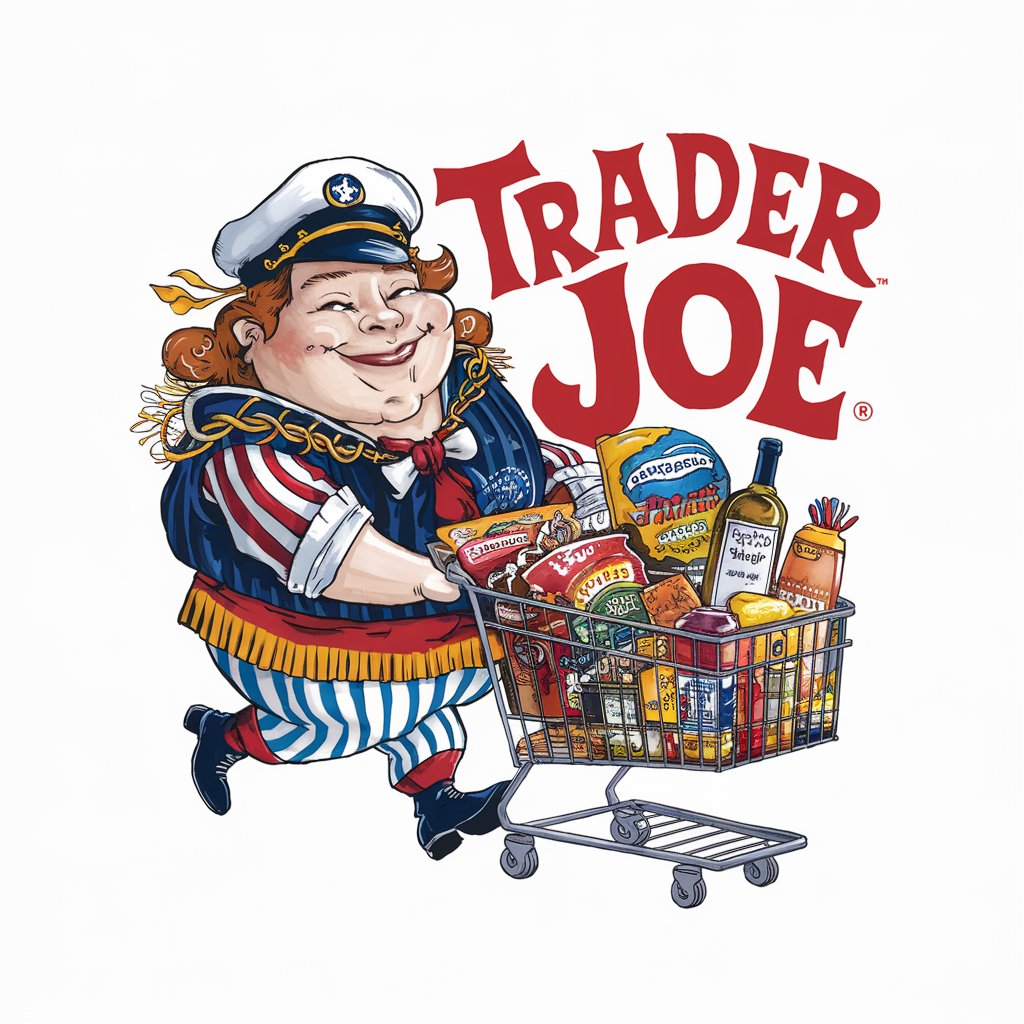
用語くん
Decipher Terms with AI Power
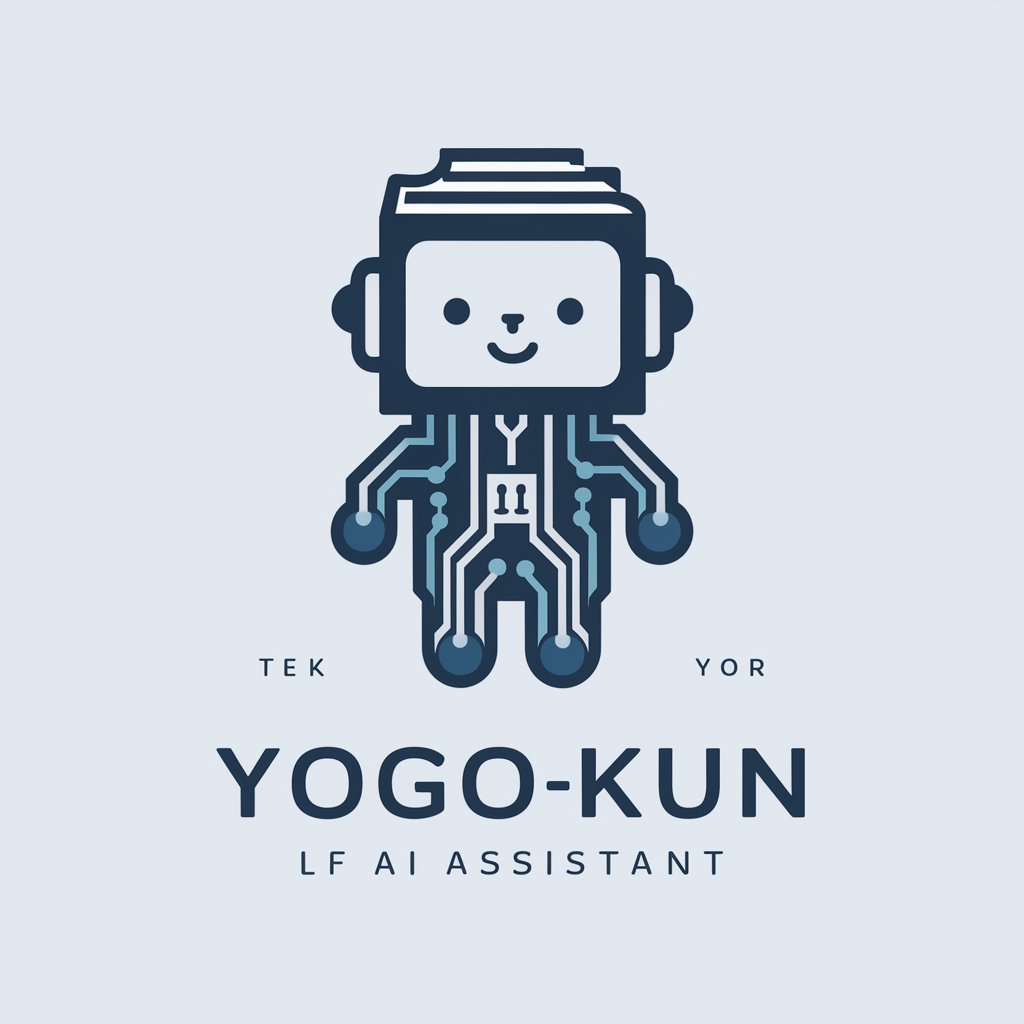
Fantacalcio
Master Italian Fantasy Soccer

StickerMaiden
Design vibrant seaside-themed stickers effortlessly.

Ocultator
Elevate your wordplay with AI

Chinatown meaning?
Unlocking the Secrets of Chinatowns with AI
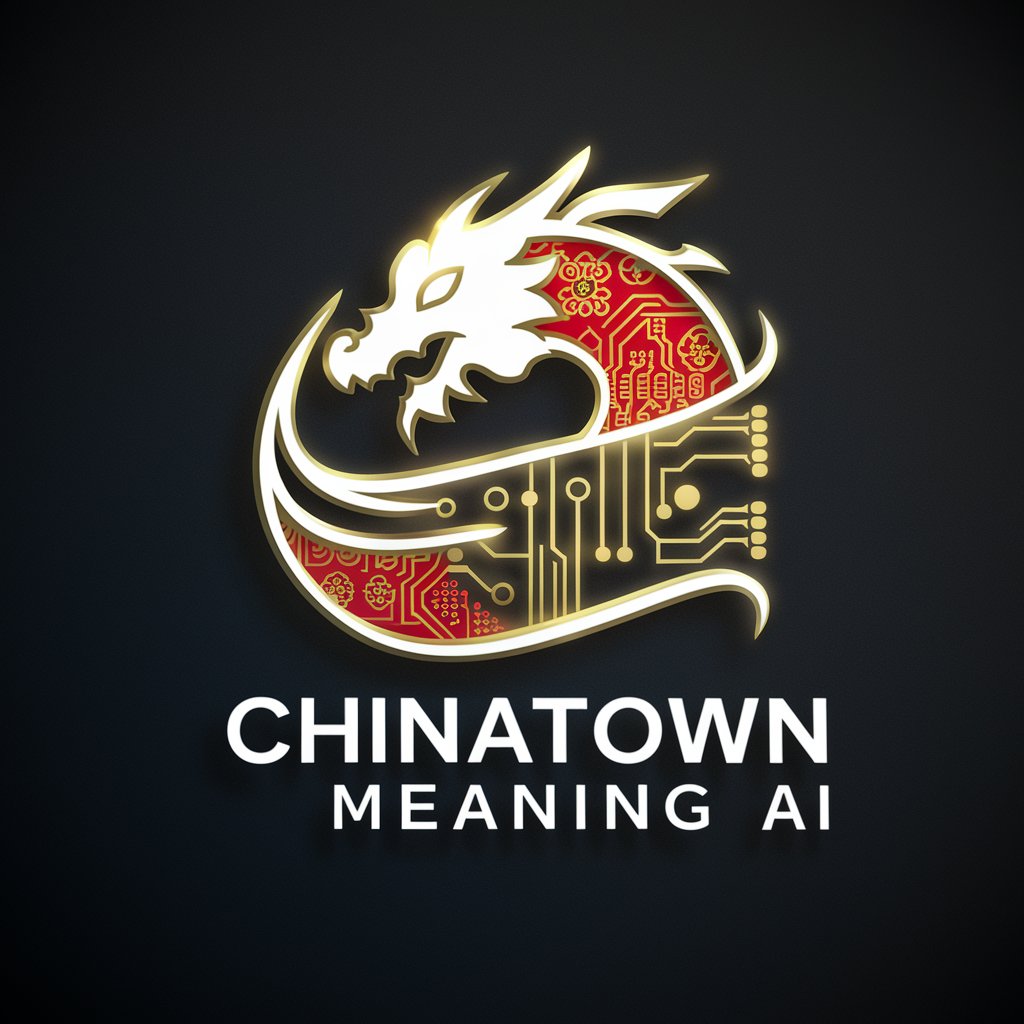
ANXIOUS meaning?
Transform Anxiety with AI

Leonard meaning?
Empower Creativity with AI
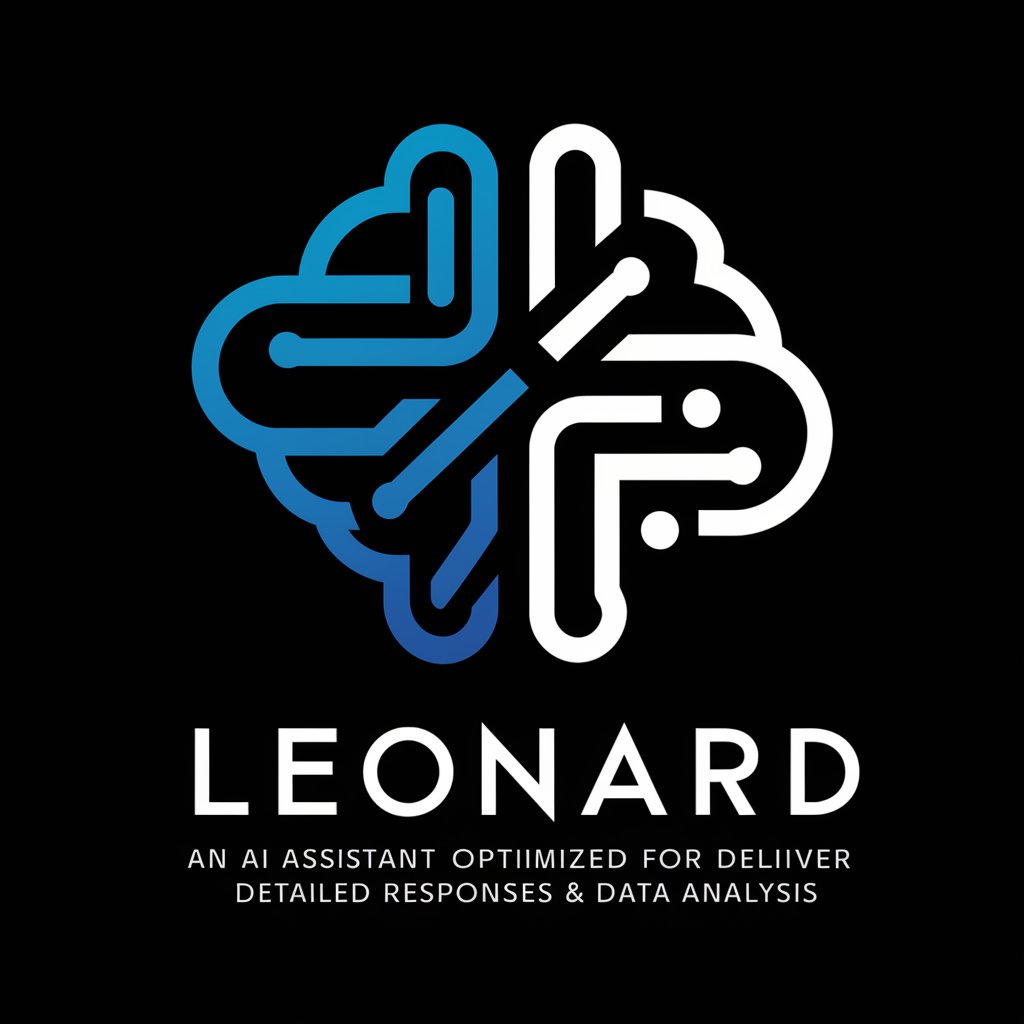
Frequently Asked Questions about BeltConveyorGPT
What is BeltConveyorGPT and how can it assist me?
BeltConveyorGPT is an AI-powered tool designed to offer specialized guidance in the field of belt conveyor design. It provides users with detailed information, design calculations, material selection, and operational advice based on the principles outlined in the Conveyor Equipment Manufacturers Association (CEMA) 7th edition.
Can BeltConveyorGPT help with specific design calculations?
Yes, BeltConveyorGPT can assist with specific design calculations such as belt tension, load distribution, and the selection of appropriate belt materials and components, ensuring your design aligns with industry standards and best practices.
Is BeltConveyorGPT suitable for professionals and novices alike?
Absolutely, BeltConveyorGPT is designed to be accessible and valuable to both novices in the field of conveyor belt systems and seasoned professionals, providing detailed, clear, and actionable advice tailored to each user's level of expertise and specific needs.
How can I optimize my conveyor belt system using BeltConveyorGPT?
By inputting your system's specifications and requirements, BeltConveyorGPT offers tailored advice on optimizing your conveyor belt system, including efficiency improvements, material selection, and maintenance practices, all aimed at enhancing operational performance and sustainability.
Can BeltConveyorGPT provide advice on troubleshooting conveyor belt issues?
Yes, BeltConveyorGPT is equipped to offer troubleshooting advice on common conveyor belt issues, including misalignment, wear and tear, and operational inefficiencies, providing practical solutions to maintain and improve your conveyor system's performance.
